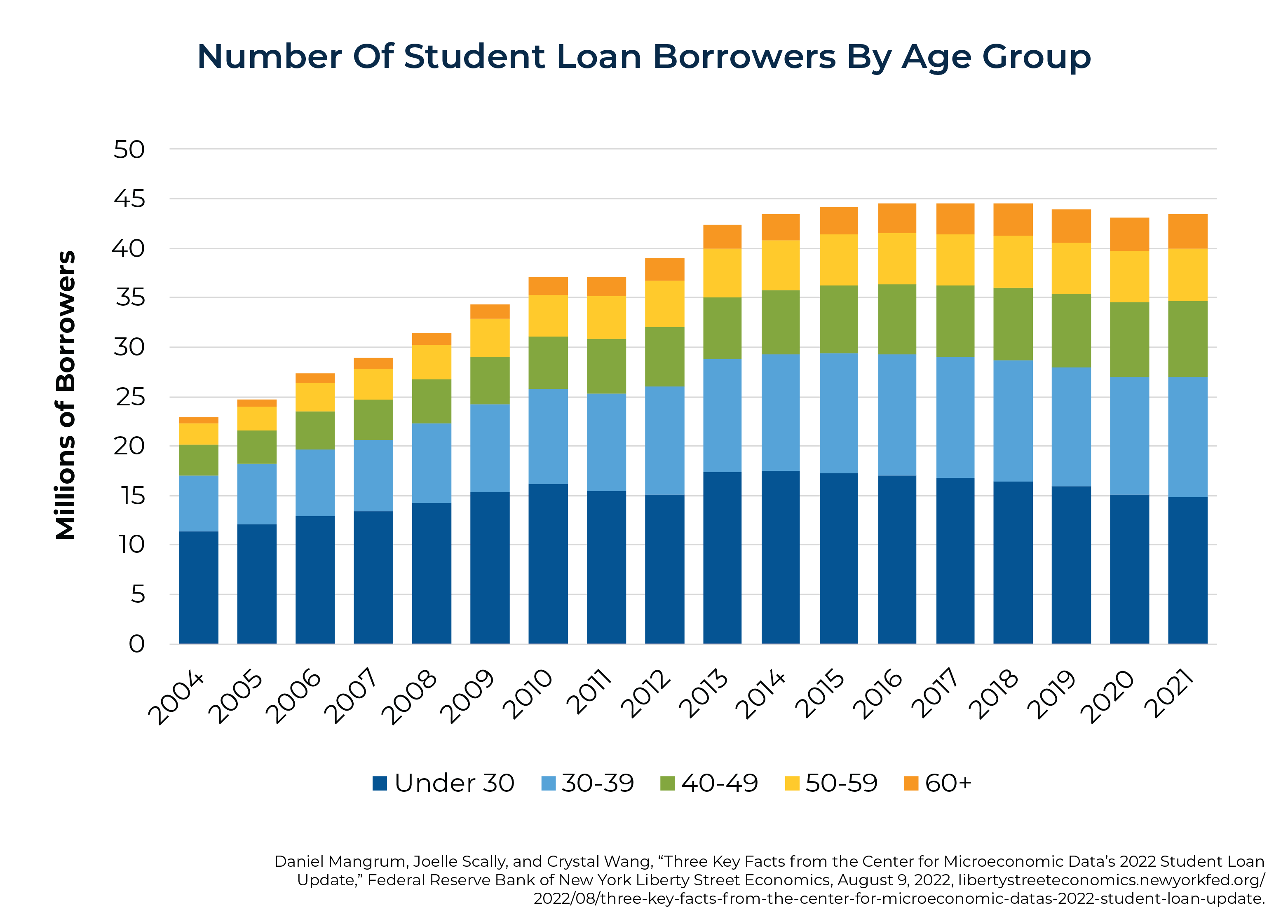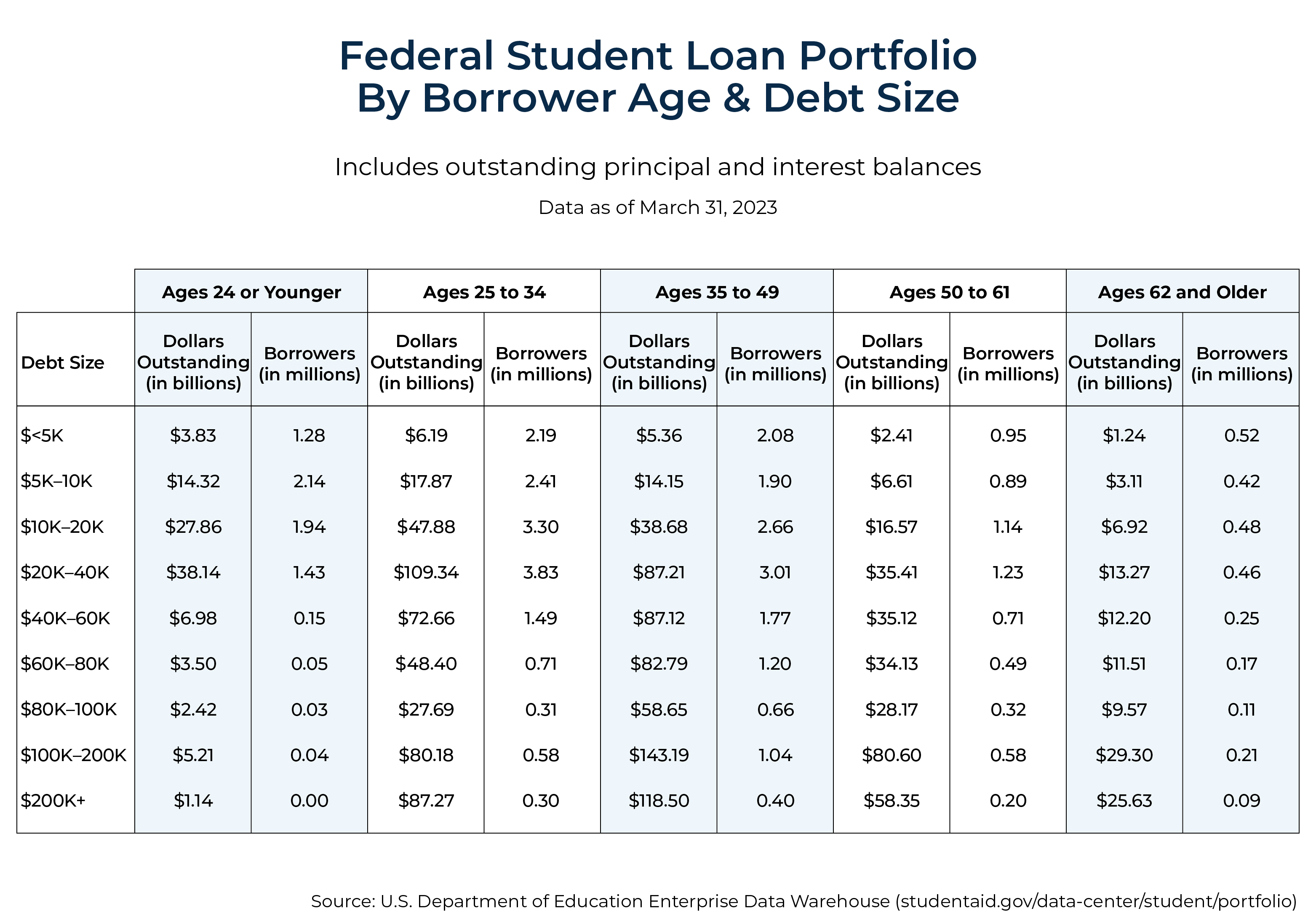In an era of evolving student loan policies, it’s crucial for borrowers to stay informed and adaptable. Amidst the recent legal challenges facing the SAVE plan, many are questioning their next steps. For those with Parent PLUS loans, one strategy continues to stand out: double consolidation. This approach offers valuable benefits and remains a viable option despite the ongoing legal uncertainties surrounding SAVE. In this comprehensive article, we’ll explore why double consolidation is still your best move and provide actionable insights to navigate the current landscape.
Understanding Double Consolidation
What is Double Consolidation?
Double consolidation refers to a two-step process where federal loans are consolidated twice to maximize benefits. Initially, Parent PLUS loans are consolidated into a Direct Consolidation Loan. Subsequently, this loan is then consolidated again. This strategy can unlock access to more favorable repayment plans and loan forgiveness opportunities.
Key Benefits of Double Consolidation
- Access to Income-Driven Repayment Plans: Double consolidation can grant access to income-driven repayment (IDR) plans, such as Income-Based Repayment (IBR), which are often more manageable than traditional repayment options.
- Potential for Loan Forgiveness: After 25 years of qualifying payments under IBR, borrowers may be eligible for loan forgiveness, providing significant long-term relief.
The SAVE Plan and Its Legal Troubles
Overview of the SAVE Plan
The SAVE (Saving on a Valuable Education) plan was introduced to provide more affordable repayment options and broader forgiveness opportunities. It aims to reduce monthly payments based on income and family size, offering a more manageable solution for many borrowers.
Current Legal Challenges
Recently, federal judges in Missouri temporarily halted new enrollments in the SAVE plan due to legal disputes. This has led to uncertainty about the future of SAVE and its benefits for borrowers.
Why Double Consolidation Still Makes Sense
Independence from SAVE
Even if the SAVE plan faces legal setbacks, double consolidation remains a powerful tool. It operates independently of SAVE, focusing on providing access to beneficial repayment plans and potential forgiveness options.
Access to Income-Based Repayment (IBR)
Double consolidation can enable eligibility for IBR, a plan that calculates payments based on 15% of discretionary income. This can significantly lower monthly payments compared to standard repayment or Income-Contingent Repayment (ICR) plans.
Long-Term Forgiveness Potential
Under IBR, borrowers may qualify for loan forgiveness after 25 years of consistent payments. This is a compelling advantage, especially for those struggling with high loan balances and lengthy repayment periods.
Considerations and Risks of Double Consolidation
Interest Capitalization
When consolidating loans, any unpaid interest may be capitalized, meaning it is added to the principal balance. This can increase the total amount owed over time. However, the benefits of lower monthly payments often outweigh this concern.
Extended Loan Term
Double consolidation may result in a longer repayment term, which could mean paying off the loan over an extended period. While this can increase the total interest paid, it provides immediate relief through lower monthly payments.
The Urgency of Acting Now
Upcoming Deadline
The deadline for initiating double consolidation is July 1, 2025. After this date, the opportunity for double consolidation may close, regardless of the status of the SAVE plan. Acting before this deadline ensures access to the benefits of double consolidation.
Navigating Uncertainty
Given the unpredictable nature of legal challenges, waiting to see how the SAVE plan’s situation unfolds may not be wise. Double consolidation offers a proactive approach, giving borrowers more control over their repayment options and financial future.
Practical Steps for Double Consolidation
Start the Consolidation Process
If you haven’t already begun the double consolidation process, now is the time to act. Start by consolidating your Parent PLUS loans into a Direct Consolidation Loan. Then, follow up with a second consolidation to fully benefit from this strategy.
Stay Informed
The student loan landscape is continually changing. Keep up with the latest updates by following trusted sources, such as educational blogs, newsletters, and official announcements from the Department of Education.
Consult with Experts
Consider discussing your situation with a student loan servicer or a financial advisor. They can provide personalized advice based on your specific circumstances and help you navigate the complexities of consolidation and repayment options.
Managing Your Current Payments


Utilize Forbearance Options
If you are struggling with payments, explore forbearance options available for federal student loans. Forbearance can provide temporary relief and prevent late payments from affecting your credit.
Implement Strategic Payments
For those who have exhausted forbearance options, making one payment every 90 days can be a useful strategy. This approach helps manage payments while avoiding late payment penalties on your credit report.

Conclusion: Taking Control of Your Financial Future
In the face of legal uncertainties surrounding the SAVE plan, double consolidation stands out as a strategic move for borrowers with Parent PLUS loans. By providing access to more affordable repayment plans and potential forgiveness, double consolidation offers significant benefits that can enhance financial stability.
Despite the risks and considerations, acting promptly ensures you can take advantage of these benefits before the July 2025 deadline. Stay informed, seek professional advice, and take control of your financial future with double consolidation.
FAQs: Double Consolidation and the SAVE Plan
What is double consolidation?
Double consolidation is a two-step process where federal loans are consolidated twice to maximize benefits. Initially, Parent PLUS loans are consolidated into a Direct Consolidation Loan, and then this loan is consolidated again. This strategy helps borrowers access better repayment plans and potential loan forgiveness.
Why is double consolidation important even if the SAVE plan is blocked?
Double consolidation remains important because it provides access to more favorable repayment options, such as Income-Based Repayment (IBR), and potential loan forgiveness, regardless of the legal status of the SAVE plan. It offers a way to manage payments better and potentially reduce overall loan costs.
What is the SAVE plan?
The SAVE (Saving on a Valuable Education) plan is a federal repayment plan designed to make student loan payments more affordable by basing them on income and family size. It also offers potential for broader loan forgiveness.
Why has the SAVE plan faced legal issues?
The SAVE plan has faced legal challenges, leading to a temporary halt on new enrollments. These legal issues are currently being resolved, which has created uncertainty around the plan’s future.
What are the benefits of double consolidation?
Double consolidation can provide several benefits:
- Access to Income-Based Repayment (IBR), which can lower monthly payments.
- Eligibility for loan forgiveness after 25 years of qualifying payments.
- Greater financial flexibility and potentially lower overall repayment costs.
Are there any risks associated with double consolidation?
Yes, there are a few risks, including:
- Interest Capitalization: Unpaid interest may be added to your principal balance, increasing the total amount owed.
- Extended Loan Term: Consolidation might extend the length of your repayment period, which could result in paying more interest over time.
What is the deadline for double consolidation?
The deadline to take advantage of double consolidation is July 1, 2025. After this date, the opportunity for double consolidation may no longer be available.
How can I start the double consolidation process?
To start the double consolidation process:
- Consolidate your Parent PLUS loans into a Direct Consolidation Loan.
- Follow up with a second consolidation to complete the process.
How can I stay informed about changes in student loan policies?
Stay updated by following trusted sources such as educational blogs, newsletters, and official announcements from the Department of Education. Subscribing to updates from student loan experts can also be helpful.
What should I do if I’m struggling with payments?
If you’re having difficulty making payments:
- Explore available forbearance options to temporarily pause payments.
- Consider making one payment every 90 days to manage payments and avoid late payment penalties.
Should I consult with a financial advisor or student loan servicer?
Yes, consulting with a financial advisor or student loan servicer can provide personalized advice and help you navigate the complexities of consolidation and repayment options based on your specific situation.

